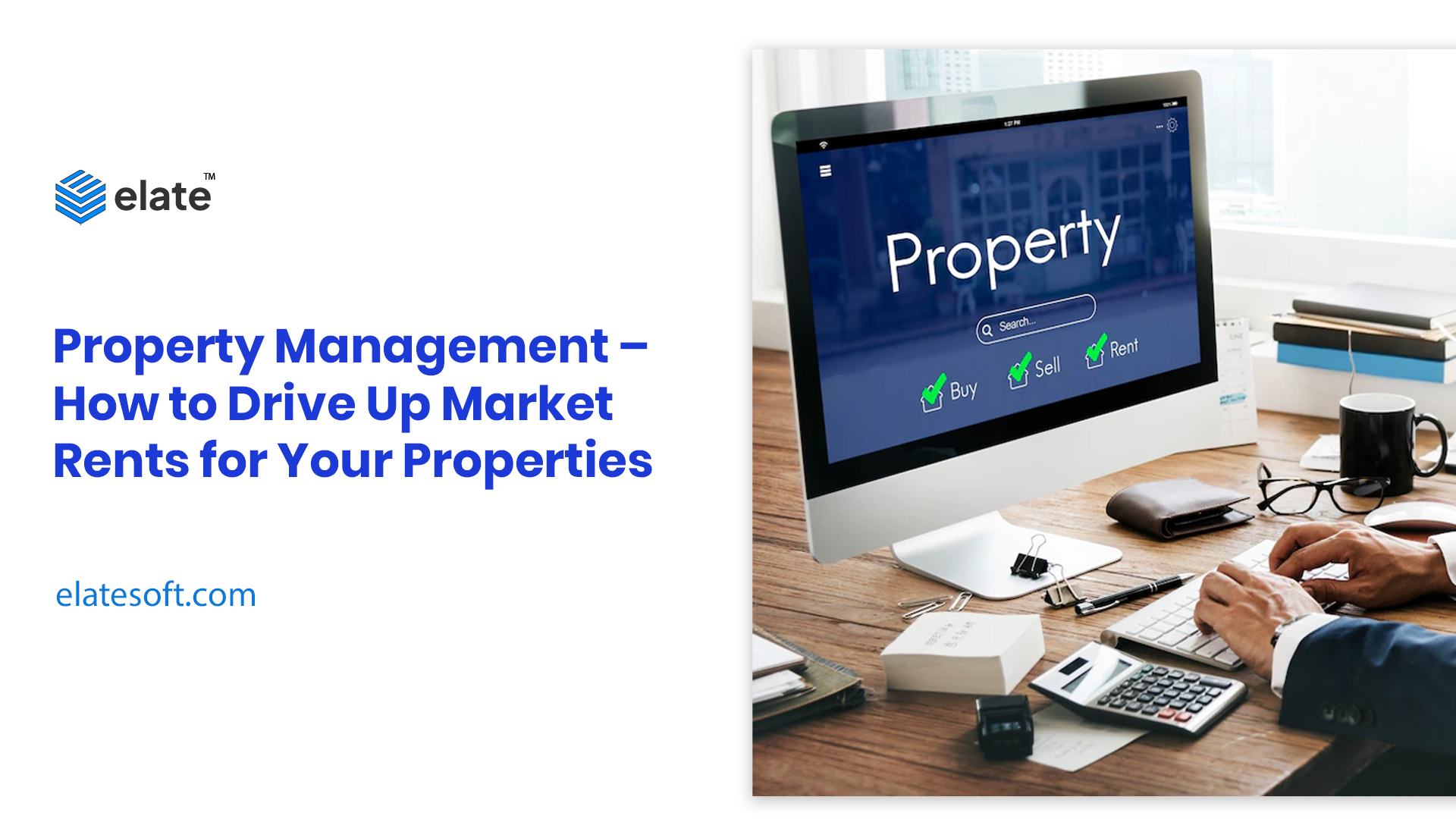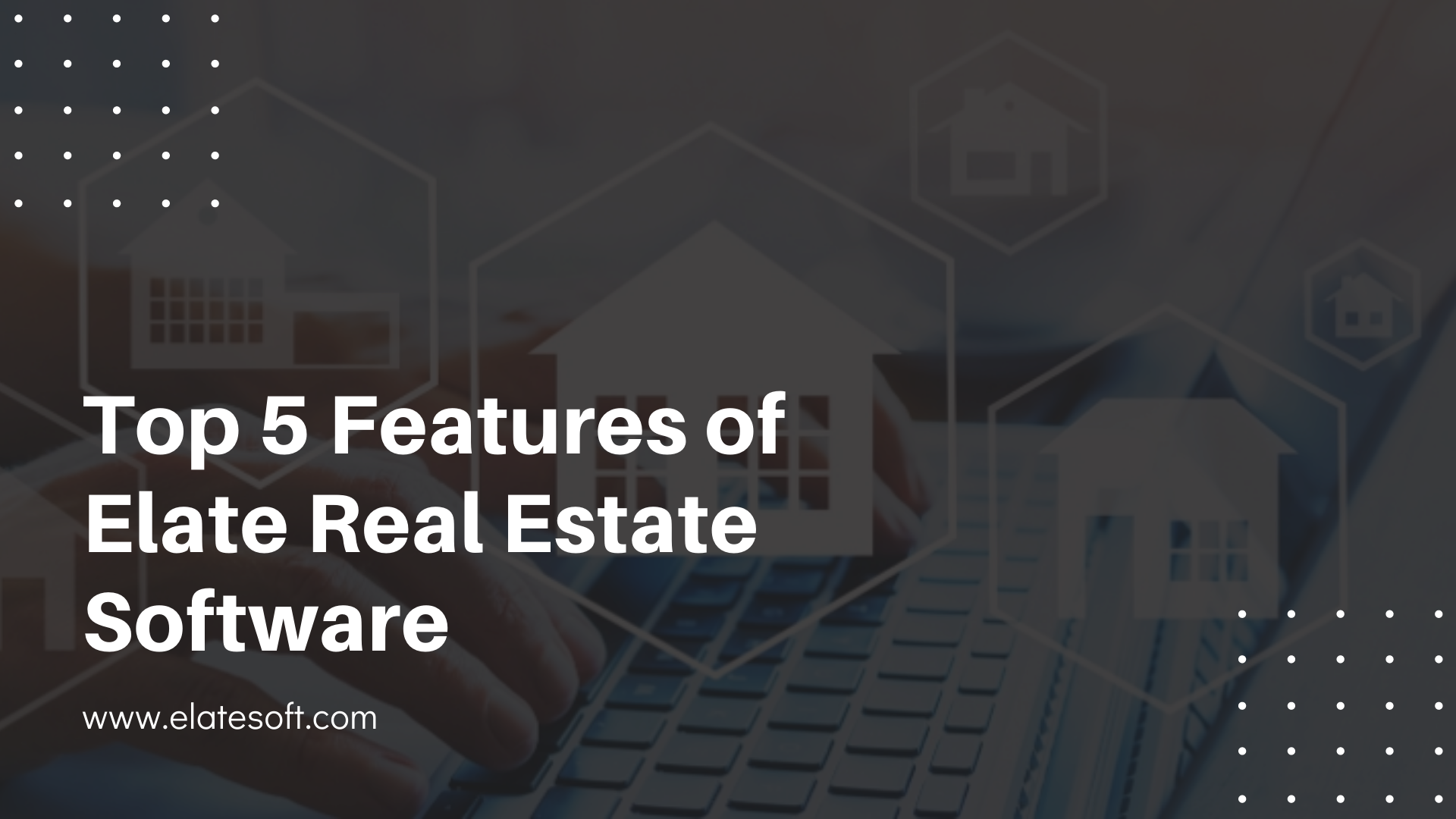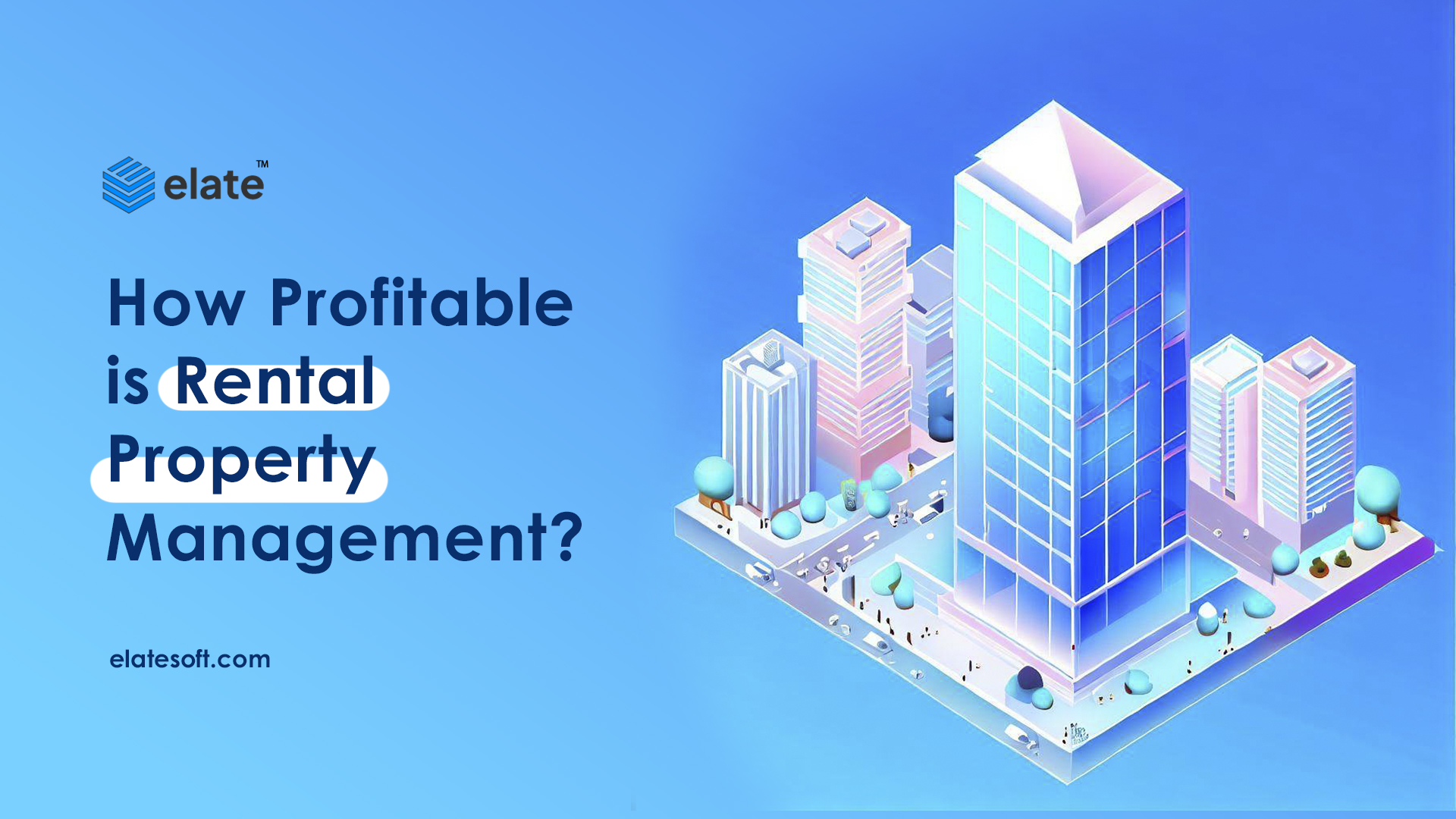
1/31/2025
Property Management - How to Drive Up Market Rents for Your Properties
Analyzing the figures for a potential rental property and real estate and comparing them with nearby properties of similar types can reveal opportunities.
You might be able to increase your profit margin by increasing the rent you charge or by lowering your ongoing maintenance and capital reserve expenses.
Purchase of the property or real estate at a discount would be the first (and most straightforward) course of action.
A lesser price implies that you will need less for a down payment, insurance, and maybe a different tax base since taxes are partially based on the home’s value.
If the Property Management requires a little maintenance, you might be successful with a lowball offer; you later invest in some modifications and raise the rent because it is now more desirable to both present and potential renters.
However, intelligent real estate investors use actual figures rather than what-if scenarios.
The general rule is that capital reserves and monies set aside for non-mortgage costs should not exceed 50% of gross rent.
It’s best to find a home where you can afford to make the necessary upgrades to lower running costs and charge a higher rent.
Three Methods to Prepare for an Increase in Rent
Make sure your property justifies the higher rent prices before increasing the rent.
To increase your asking rents, try these tactics.
1. Property Management Make repairs and capital improvements
It’s crucial to first comprehend the distinction between capital improvements and repairs.
Although the result may be the same, each impacts your bottom line differently.
For Property Management Small and frequently affordable adjustments are included in repairs to keep your property in its current state.
Examples comprise:
- Repairing a leaky pipe.
- Fixing a fissure in the foundation.
- Swapping out a cabinet door.
Filling in a gap in the wall.
Tenants are entitled to demand repairs since they preserve the property in the same usable condition as when they initially moved in, and they enjoy them.
These repair costs are allowable deductions for the tax year in which they are incurred.
Contrarily, capital upgrades are investments you make in the property that raises its value or lengthen its useful life.
These upgrades are typically more costly and labor-intensive than standard fixes.
A new roof, windows, siding, HVAC system, water heater, or even bigger, the construction of a garage, are examples of capital upgrades.
These improvements must be capitalized and depreciated over years for tax reasons.
You should think about the value you are adding to the property as well as how any changes might result in a rise in the rent as you explore potential capital improvements.
You might quickly recoup the expense of the renovation if you can demand a higher rent.
New windows, furnaces, and modifications to other house systems are examples of capital improvements that tenants like, especially if they help keep their energy costs down.
According to the depreciation schedule, a property owner will often claim a small fraction of the expense for the current year and then a portion of the balance in the following years.
2. Enhance the Property with Amenities
Capital upgrades include structural additions like a new room, bathroom, or garage.
These kinds of upgrades also provide you the opportunity to increase the rent you can get for the house.
You can increase the rent because you’ve added living space or improved the convenience of the house, making it more appealing.
Your ownership objectives for the property, as well as the community where it’s located, can assist you in deciding whether or not it makes sense to invest in such a facility.
Property shouldn’t be improved unless you are sure that its value will rise.
You can be wasting your money if tenants do not think the new feature is worth the higher rent.
3. Analyze neighborhood comparisons
Let’s say your home is among the “best” in the area.
New cabinetry, granite worktops, hardwood floors, and modern lighting fixtures are among the enhancements.
In that situation, it would be simple to defend charging a rent that is more than average.
To decide how much you should charge for rent, check the actual statistics on local rents.
If not, you risk developing a pattern of low rents.
Then you might not have the money to pay for a capital improvement or more pricey repair when the time comes.
A prudent landlord or property owner will keep a close eye on market rents, take proactive steps to preserve the building, and end up with a healthy bottom line.
To decide how much you should charge for rent, check the actual statistics on local rents.
If not, you risk developing a pattern of low rents.
Then you might not have the money to pay for a capital improvement or more pricey repair when the time comes.
How to Calculate Market Rents Property Management
You may manage your property with the aid of software like Elate Real Estate management software.
You’ll begin to understand neighborhoods as you examine and evaluate various properties.
You’ll discover which areas of your well-kept house have in-demand facilities where you can charge greater rent.
Property management software in the UAE has a unique data structure that adapts to your company’s needs with strong web tools, enabling businesses to launch online in the shortest amount of time with the most economical model.




